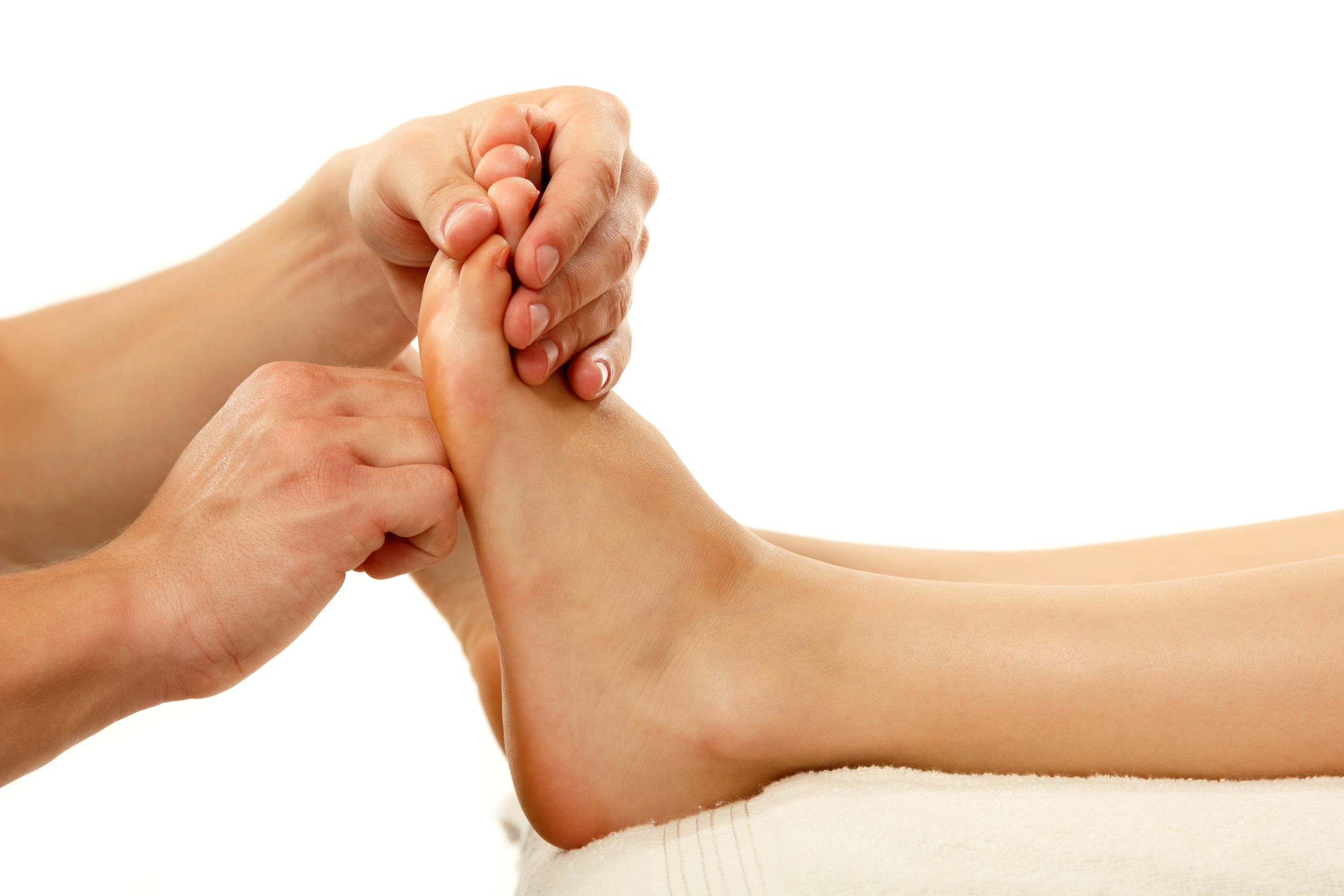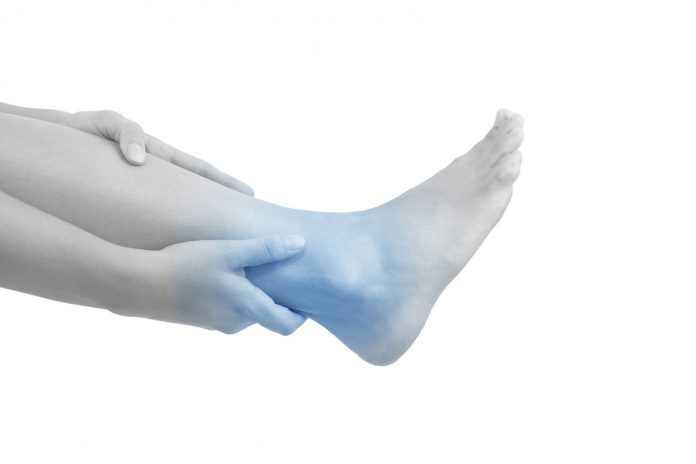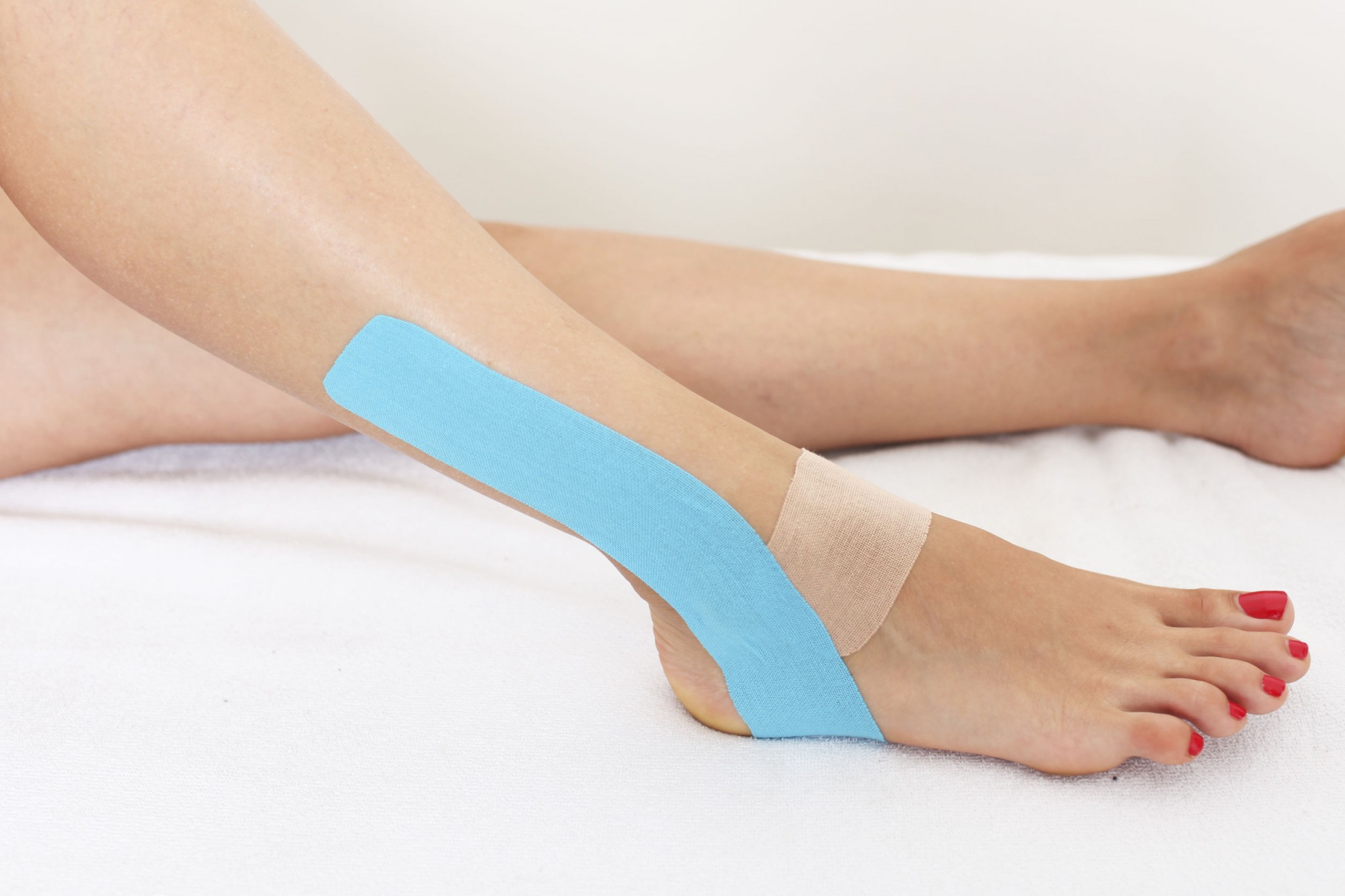Running is fantastic! Building strength and motivating us to keep pushing forward, but it can be detrimental.
Every initial contact in your gait cycle is a potential Injury as 2-3 times the normal ground reaction force is exerted on your landing foot. Peroneal tendonitis is one of those injuries which can cause pain and dysfunction, and can linger for months with no resolution even with rest. Leaving it untreated can lead to weak ankles, recurrent ankle sprains, and surgical repair.
What is the Peroneal Tendon?
There are two peroneal tendons running along the outer border of the ankle and foot: the peroneus longus and peroneus brevis.
What can go wrong?
The function of the peroneal tendons are to help stabilize the ankle, and to evert and plantarflex the foot. They are important during the final stage of toe-off.
In terms of acute injuries along the area of the peroneal tendons, runners may suffer tendonitis, tendon tear or rupture, fracture to the 5th metatarsal bone, and dislocation or subluxation of the peroneals from the peroneal groove. These injuries often associated with disruption to the anterior talofibular and calcaneofibular ligaments of the ankle.
Chronic injuries are generally overuse injuries strongly associated with a person’s biomechanics and include longitudinal tendon tears, recurrent tendon subluxation, tendon scarring and thickening, progressively worsening arthritis and weak ankles.

The causes of peroneal problems are:
• Over-exertion and over-training
• Incorrect running technique
• Inadequate stretching or weak stabilizer muscle groups
• Lateral foot collapse allowing overload on the outer portion of your feet
However, the most common cause of Peroneal injury is when a runner inverts the foot (normally while landing) and quickly experiencing an ankle inversion sprain, but many runners run through this until the pain kicks in. Neglecting the injury would cause a compensated gait pattern that will affect other parts of your body as you adjust to functioning with an injured limb.
Runners should perform immediate treatment to reduce the pain and damaged tissue:
• Rest – focus on another body area while training, allowing this one to recover
• Check for bruising – bruising may indicate a rupture or tear; it’s best to seek treatment promptly
• Ice compression therapy – 10 minutes up to 4 times a day
• Immobilize – elastic tape (in case it swells), or a cast boot for severe cases, for at least 2-3 weeks
• Gentle stretching – for rehab after acute injury resolution, invert the foot pulling the peroneals gently
• Gentle massage – for rehab after acute injury resolution, increases blood flow to the area of injury
• Footwear change – for preventing injury recurrence, ensure your shoes are not supinating your feet
If the pain persists or continues to recur, please see a specialist. They will be looking to rule out underlying problems such as undiagnosed fractures and tears and to check your biomechanics (gait) for any aggravating factors and compensatory mechanisms.

Podiatrists can help using the following modalities (and more):
• Biomechanical assessment and diagnostic investigation
• Sports taping
• Myofascial release
• Daily activity modification advice
• Ultrasound therapy
• Compression Sleeves
• Orthotics and shoe modifications
Please remember that the pain may not actually be due to a peroneal tendon injury. It could be due to some other cause, and should be properly evaluated.
Prevention is key for such problems with your ankle.
A few tips to avoid getting down with Peroneal Tendonitis include:
• Increase mileage and intensity cautiously
• Run on level surfaces
• Wear proper running shoes and have them fitted
• Stretch your muscles and release tension through sports massage
• Strengthen your body through cross-training; vary your workout regimes
• Ensure your running style is suitable for your body and muscle strength
• See a specialist if you experience foot or ankle pain, injury, weakness or recurrent problems



